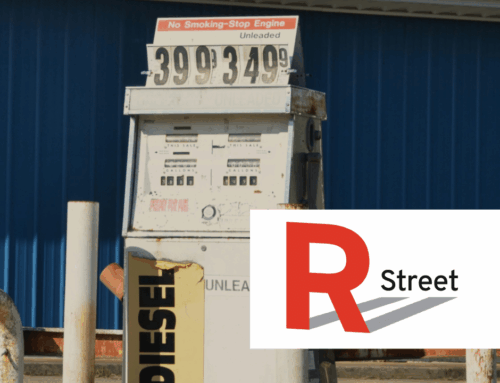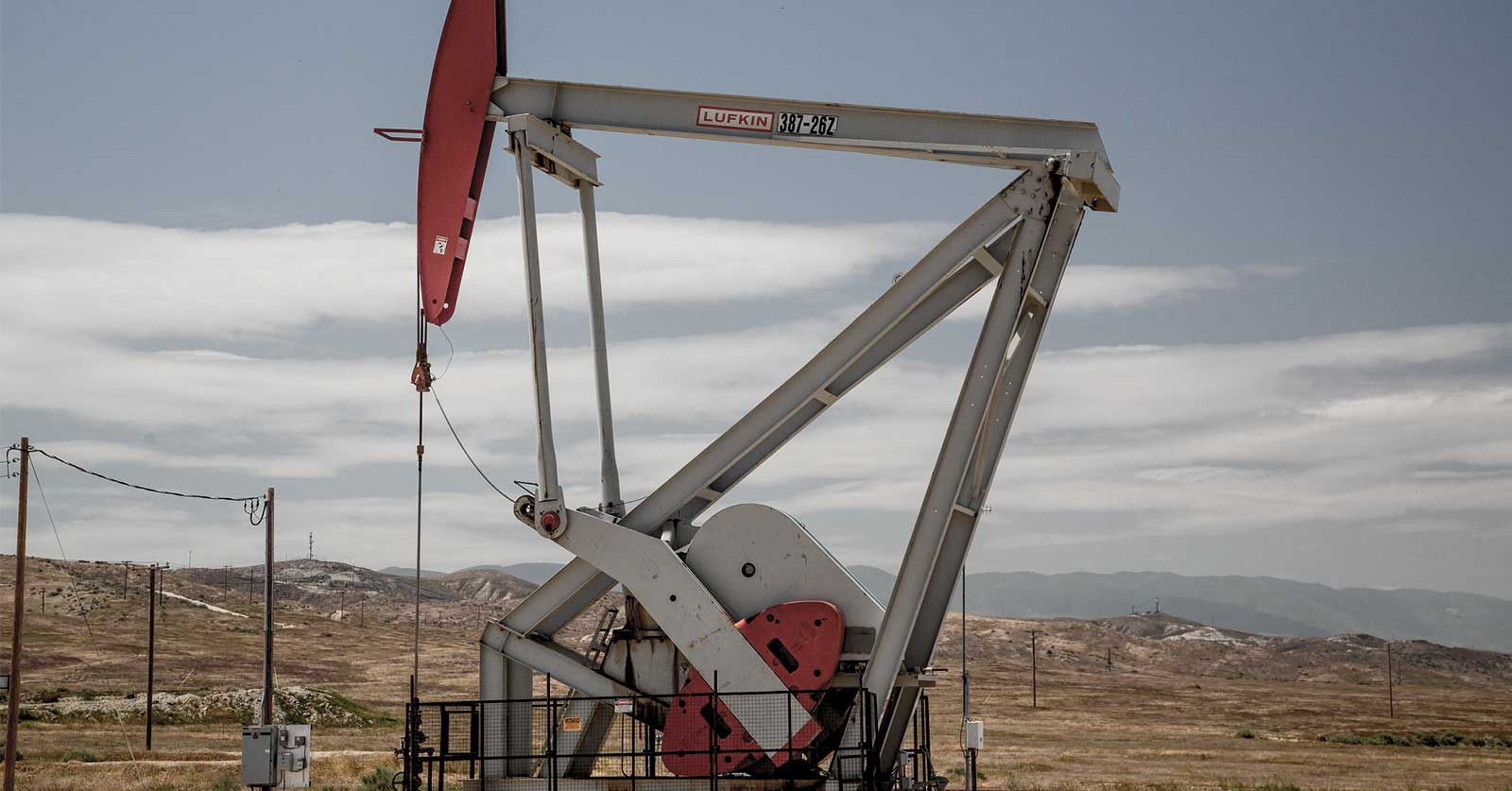Miami’s titanic I-395 reconstruction project, which includes double-decking a section of State Road 836, has been hailed as a solution that will make traffic jams disappear. But as the history of other road-fattening projects shows, it will do just the opposite, making it one of the worst “Highway Boondoggles” in the country, according to a report on wasteful spending.
The five-year, $802 million “Connecting Miami” redesign made the fifth annual list of expensive, unnecessary and ultimately counterproductive highway projects compiled by the U.S. Public Interest Research Group and Frontier Group, nonprofit, nonpartisan organizations studying public policy issues. Also on the list of nine, which will cost a total of $25 billion, are projects in Houston, Los Angeles, Chicago and Raleigh, North Carolina.
The problem is that widening highways to reduce gridlock never works and actually puts more cars on the road. Added capacity induces demand and induces travel, multiple studies show, including one by economists who called the phenomenon “the fundamental law of road congestion,” in which the number of vehicle-miles traveled increases in direct proportion to the available lane-miles of roadways.
“Yet states continue to spend billions building highways that will exacerbate traffic problems, increase pollution, destroy neighborhoods, encourage sprawl and consume billions more taxpayer dollars for maintenance,” said Matt Casale, transportation campaign director for the nonprofit, founded by Ralph Nader almost a half-century ago and known as PIRG. “Any relief Miami might see at the beginning will go away quickly and traffic will get worse. We’re stuck in a car-centric rut in the United States.”
The project’s six-arched “signature skyline bridge” over Biscayne Boulevard at Northeast Second Avenue — which looks like a giant Japanese monster movie tarantula attacking downtown — is “an extremely costly decorative bridge to nowhere,” said Miami-Dade County Commissioner and former Miami mayor Xavier Suarez, who advocated placing I-395 underground or finding alternatives to expansion.
“It’s not just the construction cost but the transactional cost, like the five years of disruption we endured reconfiguring where the Dolphin expressway meets the Palmetto expressway. No city should be subjected to that suffering,” Suarez said. “It’s not worth it. You don’t cure congestion by making interchanges bigger.”
The Florida Department of Transportation and Miami-Dade Expressway Authority plan calls for a raised span height that will open up the dark, dirty, cave-like wasteland and encampment for opioid addicts and homeless people beneath the overpasses that cut a destructive path through Overtown in the 1960s. The blighted space will be replaced with a linear park dotted with fountains, sculptures and gardens. But the report mocks the idea of a noisy, dangerous, fume-belching highway enhancing a community as a “pipe dream.”
“Project renderings of I-395’s proposed underdeck park show the unlikely scenario of people happily strolling just feet from high-speed traffic,” the report said. “The usability of the park will also depend on the city being able to fund continued maintenance, including the park’s extensive lighting and other ambitious design elements.”
The report echoes previous recommendations by urban planners to convert elevated I-395 to a ground-level, tree-lined boulevard friendly to cars, buses, public transit users, pedestrians and cyclists that would benefit people living in Overtown rather than those only driving over it.
“This was a good opportunity for the state to decommission that highway,” Casale said. “Instead they are adding car infrastructure.”
FDOT is adding noodles to the spaghetti bowl known as the SR 836/I-395/I-95 Midtown Interchange. State Road 836 will turn into a double-decker highway over the Miami River into the interchange, creating a giant stack of concrete in the city center.
For the nearly $1 billion devoted to the project, Miami could have invested in other priorities, such as improvements to existing thoroughfares, more dedicated bus lanes, the county’s own Long Range Transportation Plan, which puts “emphasis on rapid transit, land use, densification, connectivity [and] multi-modal mobility,” and the SMART Plan for a “world-class transit system.”
“For that amount of money we could improve public transit, build East-West transit lines and Baylink to Miami Beach,” said Suarez, who believes car ownership will continue to decrease; three members of his staff don’t own cars. “People are looking for a change. They always mention crime and taxes, but traffic has become the No. 1 issue.”
Proponents of the “Connecting Miami” project say it is long overdue for an area that has outgrown its road infrastructure and will make it much easier to get in and out of downtown, where the residential population has doubled in the last decade and the daytime population is up to 250,000. The project aims to fix clogged onramps and offramps and pell-mell funneling patterns in the messy interchange, improving flow west to the airport, east to Miami Beach, north to Broward on I-95 and south to U.S. 1.
“While a primary focus at the Miami Downtown Development Authority is on improving pedestrian mobility, promoting use of mass transit and reducing reliance on cars, the redevelopment of I-395 is a necessary part of our holistic transit solution that will bring added benefits on the highway and at street level,” the development authority said in a statement. “FDOT’s plan is designed to enhance driver safety while improving access to downtown, Miami Beach, I-95 and 836. Raising the highway’s span will foster connectivity between downtown and Overtown, while opening the door to a 33-acre park that will be a welcomed addition to our streetscape.”
The “Highway Boondoggles” report gives examples of projects that failed to achieve their intended effect. In Houston, the $2.8 billion expansion of the Katy Freeway to 26 lanes made it the widest freeway in the world. Within two years commuters reported spending 30 to 55 percent more time in their cars.
Remember when a 10-mile stretch of the 405 freeway in Los Angeles had to be closed temporarily during a widening project and everyone predicted “Carmegeddon” would paralyze the metropolis? Never happened. Drivers found alternate routes or modes of transportation. Soon after the five-year project was completed, rush-hour trips took longer than they had before.
Nor when Seattle’s Alaskan Way Viaduct was closed for three weeks did the predicted apocalyptic bottlenecks occur. Traffic melted away as people found other ways to get around, tweaked their schedules, worked from home. When the new waterfront tunnel opened, traffic got worse.
“These pointless projects show what happens when you decrease capacity versus what happens when you increase capacity and induce car use,” Casale said.
State departments of transportation, adhering to the automobile boom mentality of the 1950s, keep building, to the tune of $20 billion annually on expansion or new construction, according to Taxpayers for Common Sense and Smart Growth America.
“It’s politically popular because people think there will be more room to drive,” Casale said. “The way we fund our transportation system with federal dollars and gas-tax dollars also gives incentives for spending on roads. The funding system needs to be more flexible.”
Federal, state and local governments can kick their highway habit, the report says, by investing in less expensive measures, fixing existing roads first and requiring thorough cost-benefit analyses that would take into account such factors as public health. Transportation greenhouse gas emissions were the nation’s main source of global warming pollution, according to the U.S. Environmental Protection Agency.
“Sometimes it’s the infrastructure we don’t build that makes all the difference,” said Gideon Weissman of Frontier Group, co-author of the report. “Cities from Dallas to Tampa to Milwaukee have discovered that ditching boondoggle highway projects has opened up opportunities to build stronger, cleaner and more fiscally sustainable communities.”
There is no sign of the “Connecting Miami” project being ditched. In fact, fasten your seatbelts because lane closures and detours on I-95 ramps to eastbound I-395 and on I-395 start July 1 — and some will last until mid-2023.










